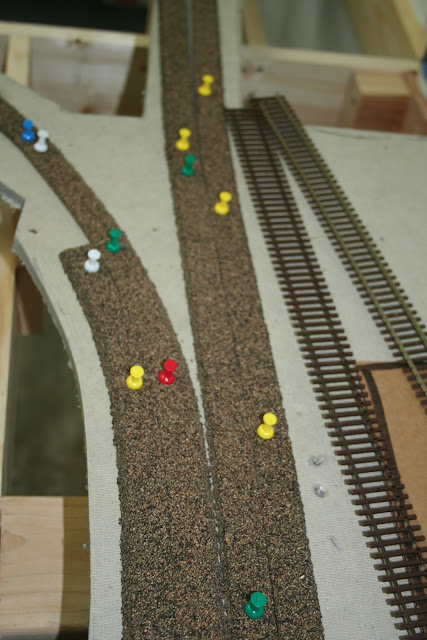Snow sheds on Donner Pass. More of this to come below.
Donner Lake
If you look closely, something has fallen off the cliff.
About the center of the pic.
This is one of the entrances. Much larger than it looks.
See the little blue man on the road heading into the tunnel?
Gives you an idea of the size. The stone wall below track level is known as chinese wall.
Another entrance, more below.
Outside view of concrete snow shed with wood debris left over from the original wooden sheds.
Once you get inside.
This gives you an idea of the size of these sheds.
It's a little hazardous for those on foot, as cars drive through
and stir up a lot of dust affecting visibility.
Once the dust settles it makes for some great effects.
Some interestng grafitti.
It would be nice also if the grafitti wasn't there.
This portion of snow shed had a slide detection fence inside.
Another idea of the size. The girl in the picture is 5'11".
Interesting...
One of numerous rolling doors used to access the outside.
Entrance to the BNSF active tunnel on the Truckee end of the Donner Pass line.
Heading to the top of the snowshed.
Construction of the snow shed was not uniform in design.
BNSF active line on Donner Pass














































































